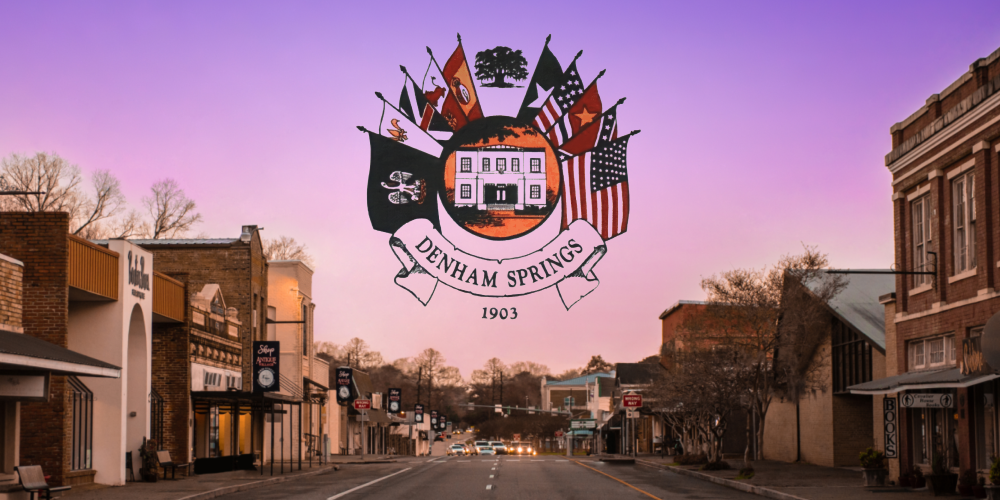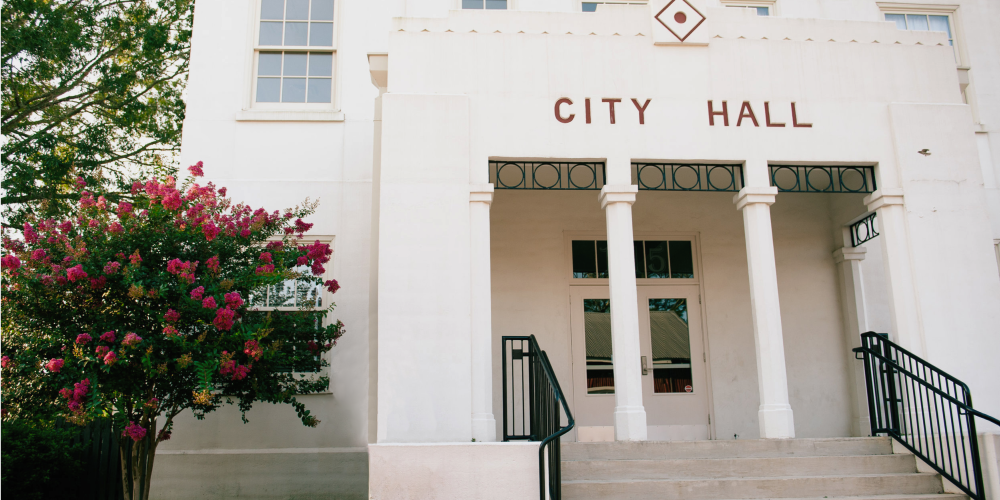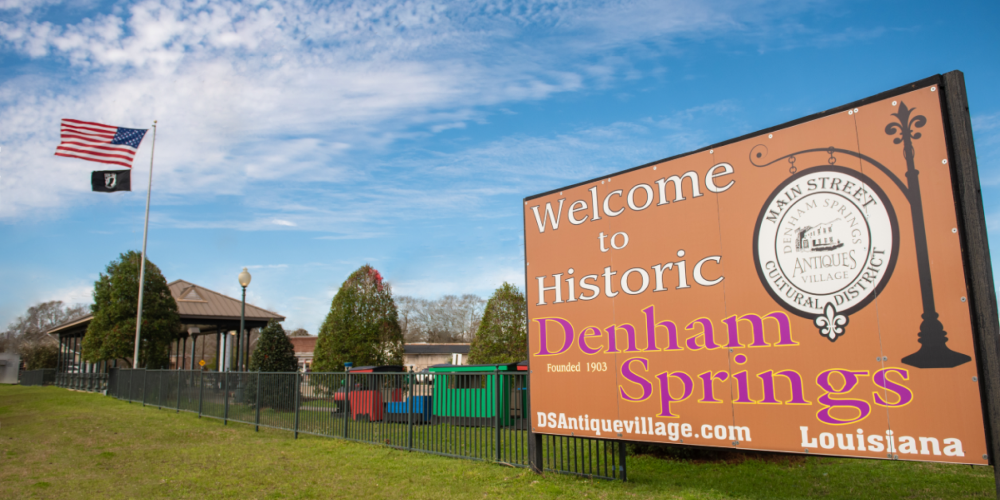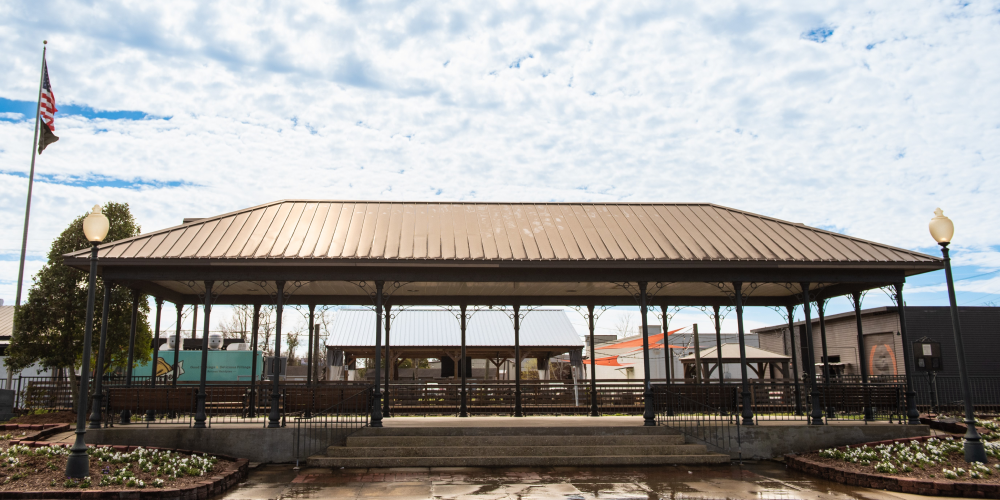Welcome to Denham Springs
Denham Springs Video Tour
History
Denham Springs, Louisiana has a rich history dating back to the 19th century when William Denham bought 640 acres of land that became known as Amite Springs. Originally a health resort, the area saw significant growth in the early 20th century with the construction of the Baton Rouge to Hammond railroad line and the growth of Baton Rouge as an industrial center. The city earned the nickname "bedroom of Baton Rouge," and downtown transformed into a collection of unique antique shops and boutiques. However, natural disasters like the 2016 flooding of the Amite River have impacted Denham Springs, causing damage to 90% of homes in the Greater Baton Rouge area.
Government
The government of Denham Springs operates under a Mayor-council form of government, with the current mayor being Gerard Landry. The city council is a unicameral council governing the City of Denham Springs. The five-member council is elected directly by popular vote, with each member serving a term of four years. The city council meets twice monthly at 6 PM on the second Tuesday and fourth Monday of the month at the Municipal building in Denham Springs' Historic District.
Education
Denham Springs is within the Livingston Parish Public Schools system, which includes several schools such as Denham Springs High School, Denham Springs Freshman High School, and various junior high and elementary schools.
Culture
Downtown Denham Springs has transformed itself from hardware stores, drug stores, doctors' offices, and a single movie theater, into a collection of unique antique shops, and boutiques, including the locally popular restaurants and cafes. The historic downtown district is now recognized as a cultural arts district and is known as the Denham Springs Antique Village.
Geography
The city is situated at the intersections of the east-west highways, US 190 and Interstate 12, with La. Hwy. 16, the major north-south artery in western Livingston Parish. Denham Springs is also located on the Illinois Central Gulf Railroad, a line which played a large role in the city's early development. The Amite River also forms a portion of the municipality's boundary, but the river is not navigable at this point.



